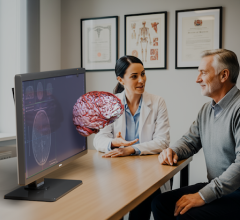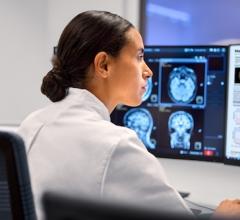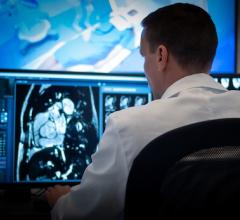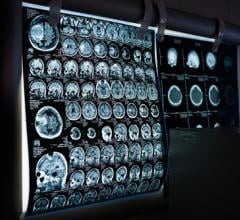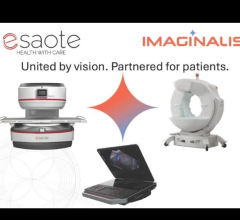April 21, 2008 - Using advanced magnetic resonance imaging (MRI) technologies available at the Buffalo Neuroimaging Analysis Center (BNAC), researchers have been able to identify brain regions linked to Parkinson's disease based on images showing the status of both white and grey matter, according to two studies from the University at Buffalo presented at the 2008 American Academy of Neurology meeting in Chicago.
The work is the result of a joint project by neurology and imaging specialists from UB, Stavanger University Hospital and University of Bergen, both in Norway.
Turi O. Dalaker, M.D., a doctoral fellow from Stavanger University Hospital who conducted the research in the Buffalo Neuroimaging Analysis Center (BNAC), is first author on both studies. The BNAC, housed in Kaleida Health's Buffalo General Hospital, is part of the Jacobs Neurological Institute, the Department of Neurology in the UB School of Medicine and Biomedical Sciences.
One study, a case-control investigation, compared brain MRI scans and scores on the Mini-Mental State Examination (MMSE), a standard mental screening test, of 155 patients diagnosed with early Parkinson's disease with those of 101 normal subjects.
This study describes one of the first large-scale analyses of the extent of global (overall), tissue-specific and regional brain atrophy, and white matter hyperintensities (WMH). WMH are diseased areas of the white matter seen commonly in brain MRI scans in the elderly.
Results showed that in Parkinson's patients, white matter hyperintensities were associated significantly with lower scores on the mental test: The more areas of hyperintensity, the lower the MMSE score.
The second study examined whether mild cognitive impairment in early PD is associated with atrophy of a specific brain region. The researchers were interested also in investigating the possible link between mild cognitive impairment in PD and a higher risk of developing dementia.
Applying an MRI analytical process called voxel-based morphology, Dalaker and colleagues analyzed high-resolution MRI scans of 43 newly diagnosed PD patients and those of 31 sex-matched normal controls.
They found that the PD patients with mild cognitive impairment showed a trend toward reduced grey matter in the cingulate area, a brain region associated with cognitive performance.
For more information: www.buffalo.edu
© Copyright Wainscot Media. All Rights Reserved.
Subscribe Now


 December 15, 2025
December 15, 2025 


